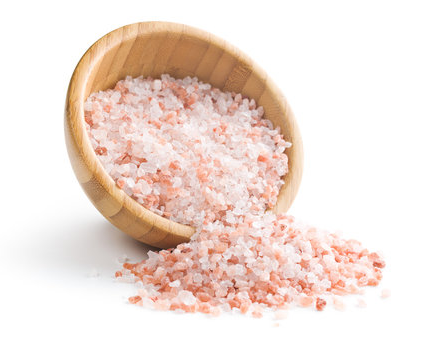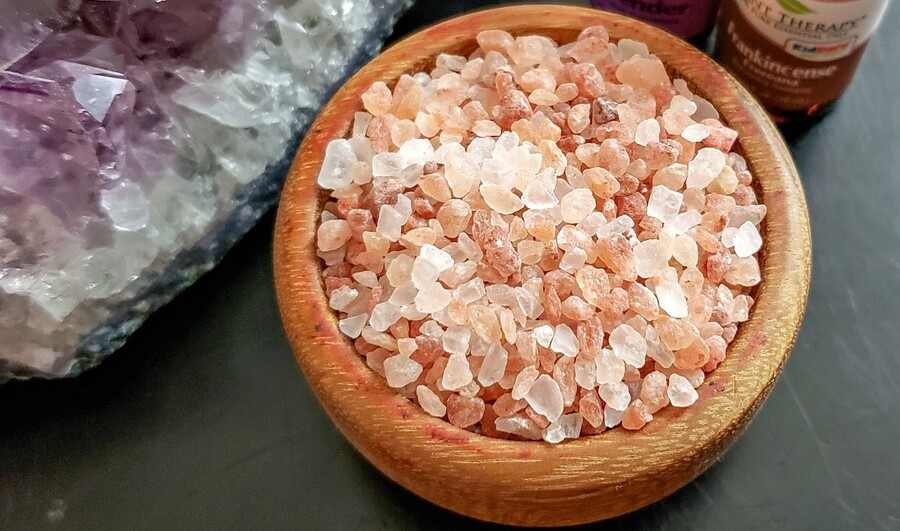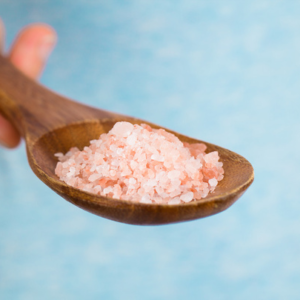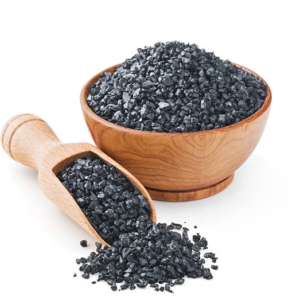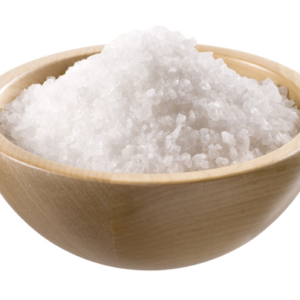Description
Key Characteristics:
- Color: Himalayan salt ranges from pale pink to deeper reddish hues, with the color variation indicating different mineral contents. Some varieties can also appear white or translucent.
- Texture: It comes in a variety of textures, from finely ground powder to larger crystals. The larger crystals are often used in salt grinders, while the fine salt is more suitable for direct use in cooking or seasoning.
- Flavor: Himalayan salt has a mild, clean flavor with a slightly earthy, mineral taste due to the presence of trace minerals. It is considered less sharp than regular table salt and can provide a more balanced seasoning.
Composition and Nutrients:
Himalayan salt contains more than 80 minerals and elements, which is why it’s often seen as a “healthier” salt. While sodium chloride makes up about 98% of its content (similar to regular salt), the remaining 2% includes:
- Iron: Responsible for its reddish color, iron helps in the transportation of oxygen in the blood.
- Magnesium: Supports muscle function, nerve function, and bone health.
- Potassium: Contributes to healthy cell function and fluid balance in the body.
- Calcium: Supports bone health and plays a role in muscle contraction.
- Trace Minerals: Other minerals in small quantities include zinc, copper, iodine, and selenium, which all play various roles in bodily functions.
Common Uses:
- Cooking: Himalayan salt is widely used as a seasoning in cooking, either as a finishing salt or for cooking meats and vegetables. Larger blocks of Himalayan salt can even be used as a grilling or serving surface, adding a unique flavor.
- Salt Lamps: Himalayan salt is often carved into decorative lamps that are believed to purify the air, though this claim is not strongly supported by scientific evidence.
- Bath Salts: Because of its mineral content, Himalayan salt is also used in bath salts, providing a soothing and therapeutic experience for the skin. Some believe it has detoxifying properties when added to warm bath water.
- Salt Blocks: Himalayan salt blocks can be heated or chilled and used to cook food, such as grilling steaks, seafood, or vegetables, while imparting a mild salty flavor.
Health Benefits (Claimed but with Mixed Evidence):
- Electrolyte Balance: The trace minerals in Himalayan salt, including potassium, magnesium, and calcium, may help maintain electrolyte balance in the body.
- Better Hydration: Some proponents suggest that Himalayan salt, with its balance of minerals, may help with better hydration than regular table salt, especially when consumed in moderate amounts with water.
- Detoxification: The addition of Himalayan salt to baths is believed by some to have detoxifying effects on the body, though this is primarily anecdotal and lacks strong scientific evidence.
- Improved Respiratory Health: Himalayan salt lamps are claimed to improve indoor air quality by releasing negative ions, though scientific studies supporting this claim are limited.
Differences from Regular Salt:
- Processing: Himalayan salt is generally less processed than regular table salt, which is typically bleached and may contain additives like anti-caking agents. As a result, Himalayan salt retains more of its natural mineral content.
- Iodine Content: Himalayan salt does not naturally contain added iodine, unlike iodized table salt. Iodine is an essential nutrient for thyroid function, so if you’re using Himalayan salt exclusively, it’s important to ensure you’re getting enough iodine from other dietary sources or supplements.
- Sodium Content: While Himalayan salt has the same sodium content as regular table salt by weight, the larger crystals may result in slightly less sodium per teaspoon due to air gaps between the crystals.
Uses in Cooking and Seasoning:
- Seasoning: Himalayan salt is often used to season a variety of dishes, such as meats, salads, soups, and roasted vegetables. Its mild, balanced flavor makes it ideal for finishing dishes.
- Salted Water: It can be used in cooking water for pasta, potatoes, or other dishes where a subtle mineral flavor is desired.
- Food Presentation: The aesthetic appeal of pink Himalayan salt can be used to enhance the visual appeal of meals, such as garnishing dishes or using salt slabs as serving platters for cheeses, sushi, or other foods.
Sustainability:
Himalayan salt is often marketed as a more natural and environmentally friendly option than conventional table salt because it is harvested by hand from ancient salt deposits, minimizing environmental disruption. However, the environmental impact of large-scale mining operations for Himalayan salt, especially when it comes to the transportation of large quantities, is still a factor to consider in sustainability discussions.
Conclusion:
Himalayan salt is more than just a seasoning—it’s a mineral-rich alternative to regular salt that has been embraced not only for its flavor but also for its purported health benefits. While many of the health claims remain anecdotal or unsupported by substantial scientific evidence, it remains a popular choice for people seeking a more natural, less processed form of salt with a unique flavor profile.


